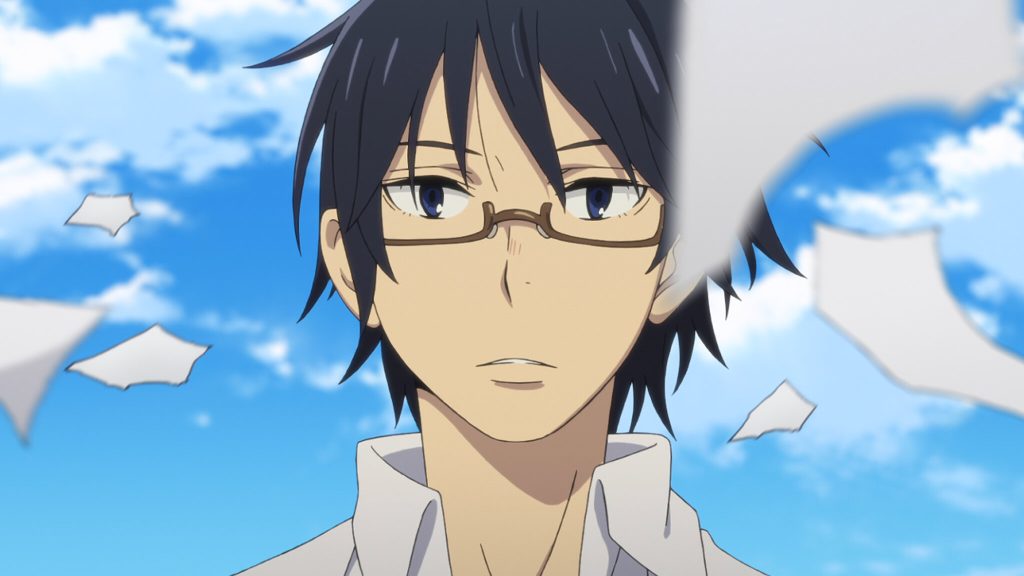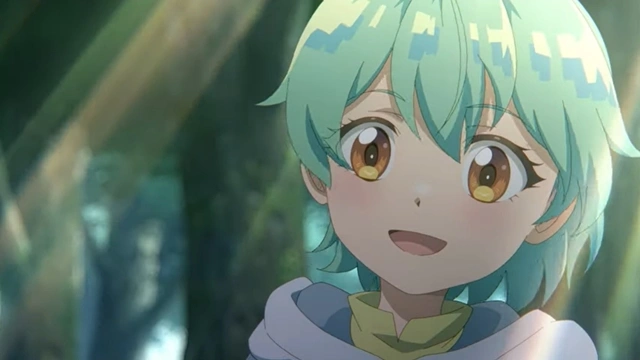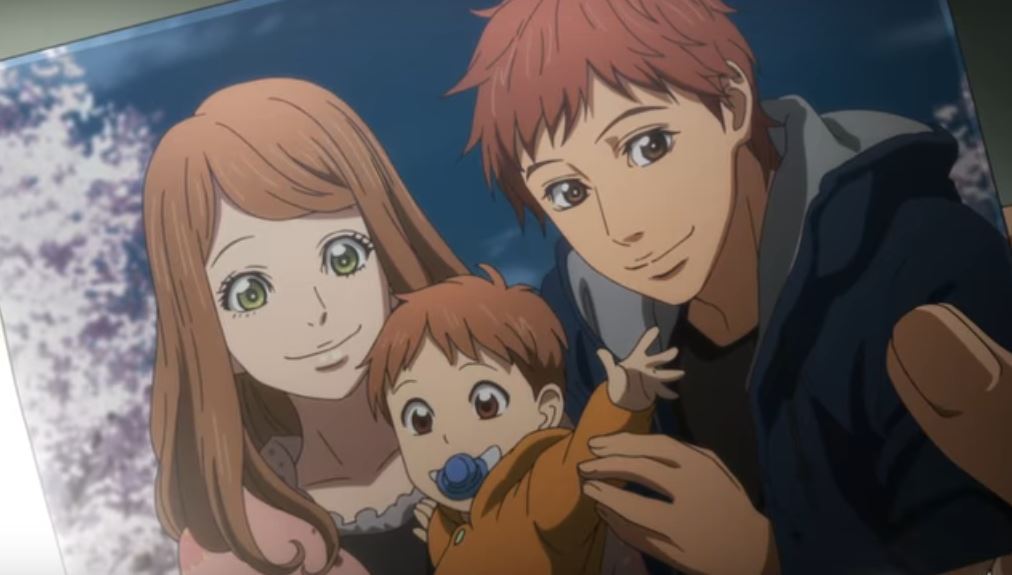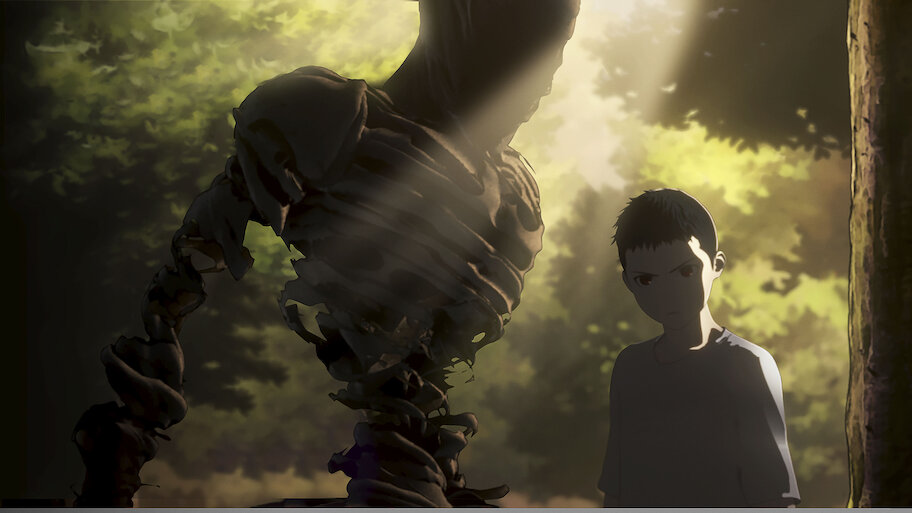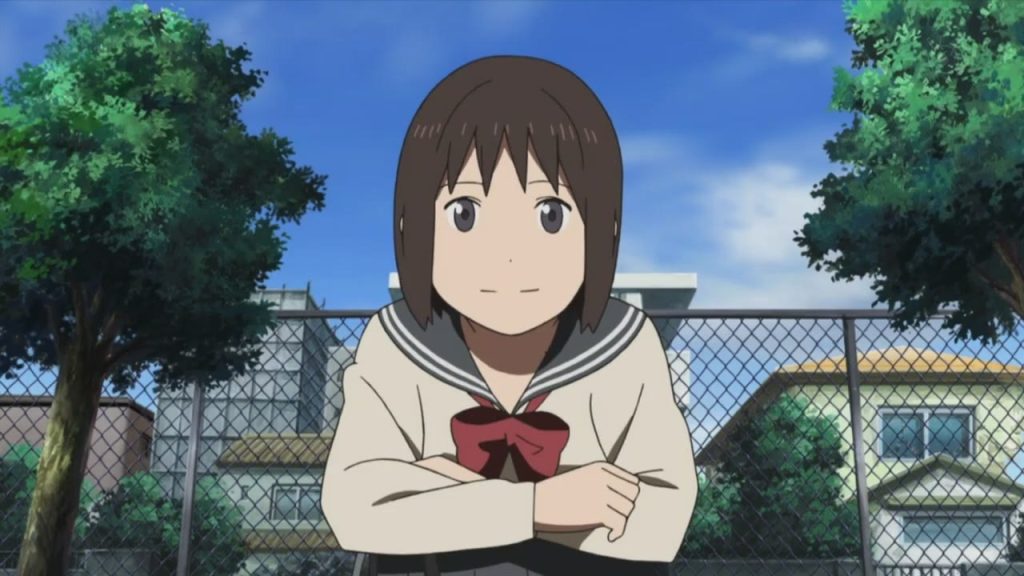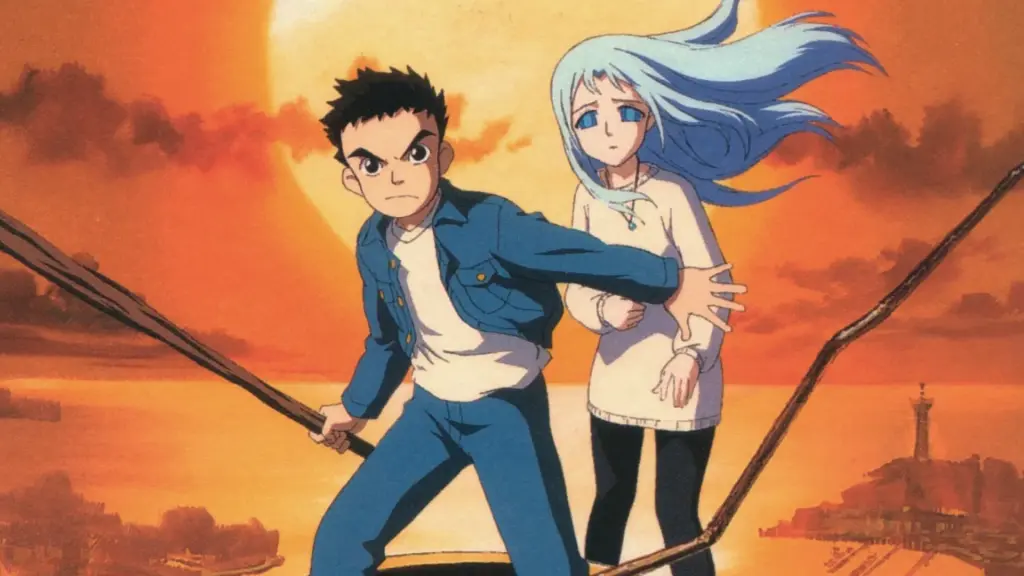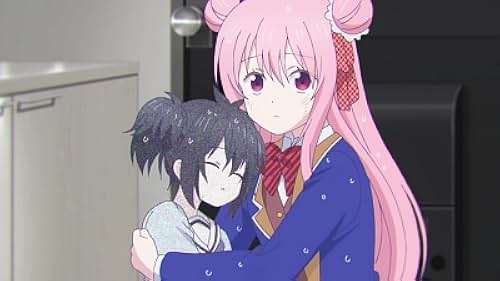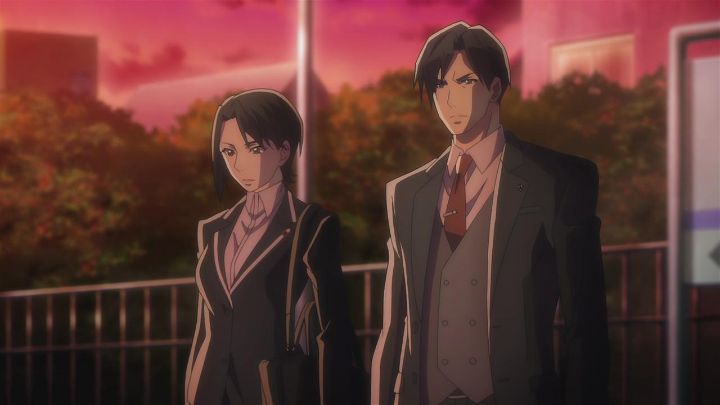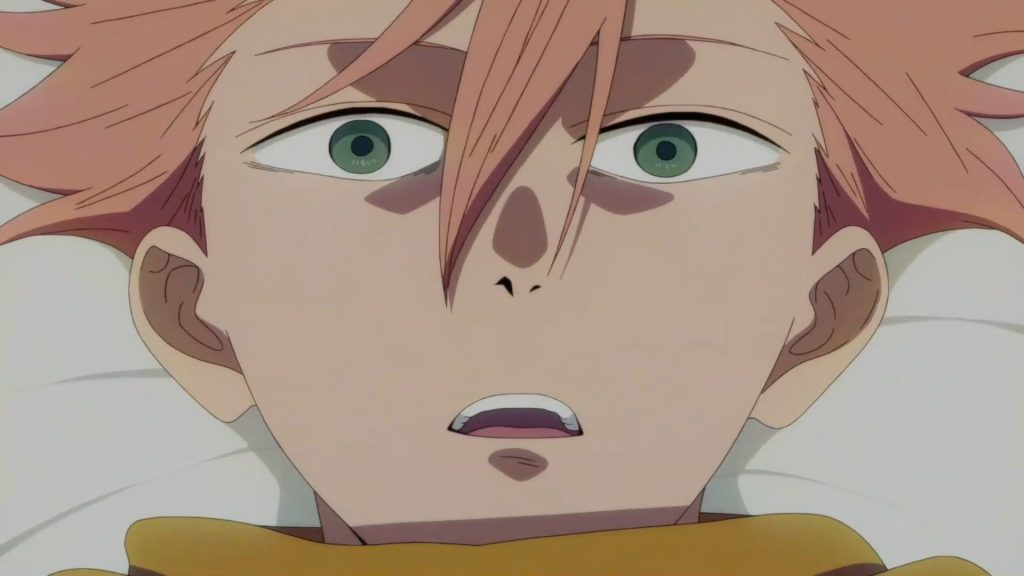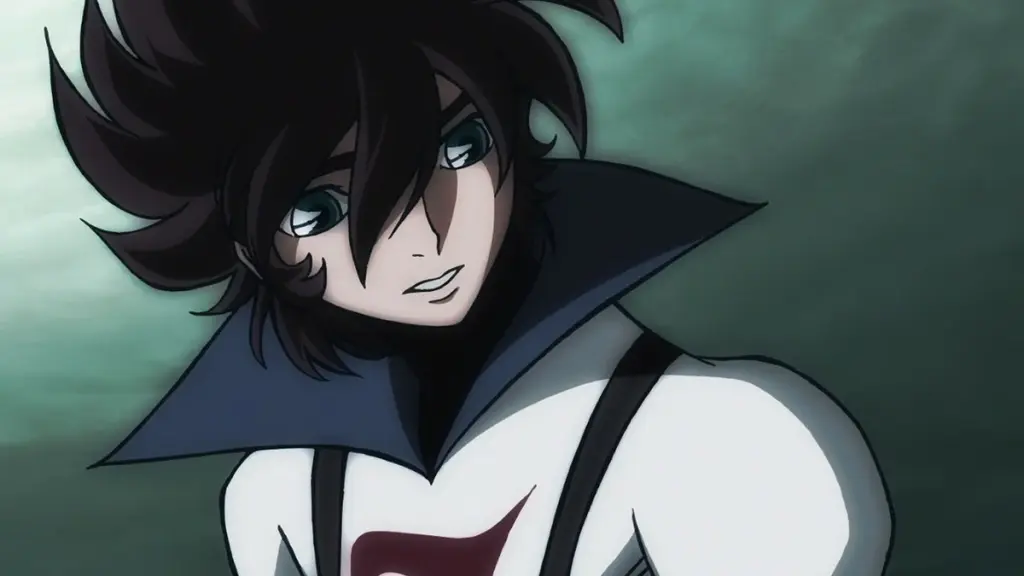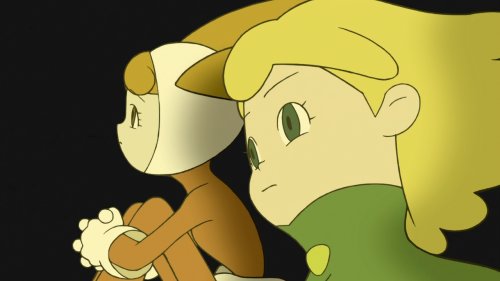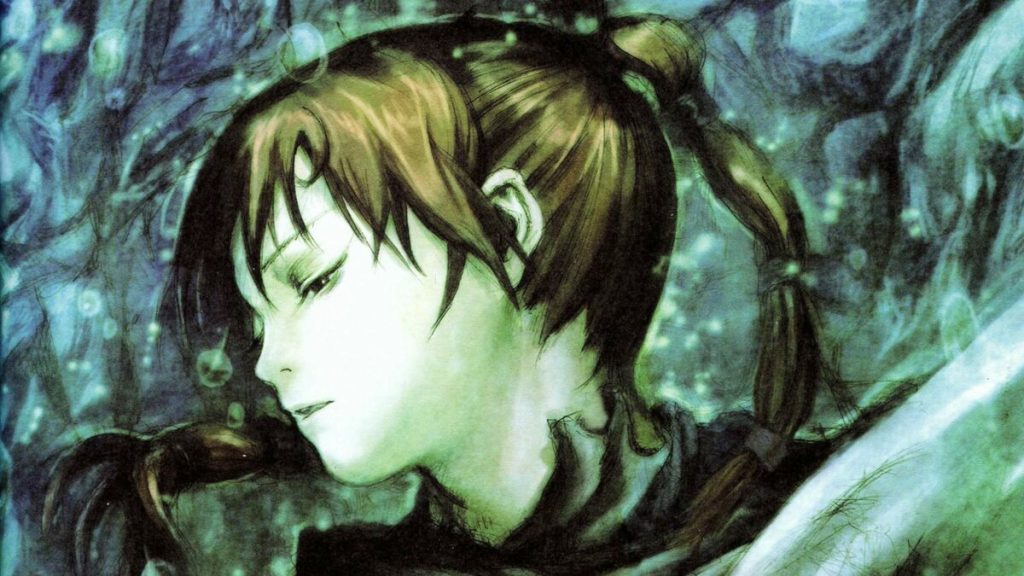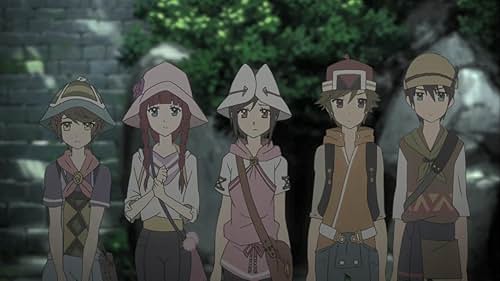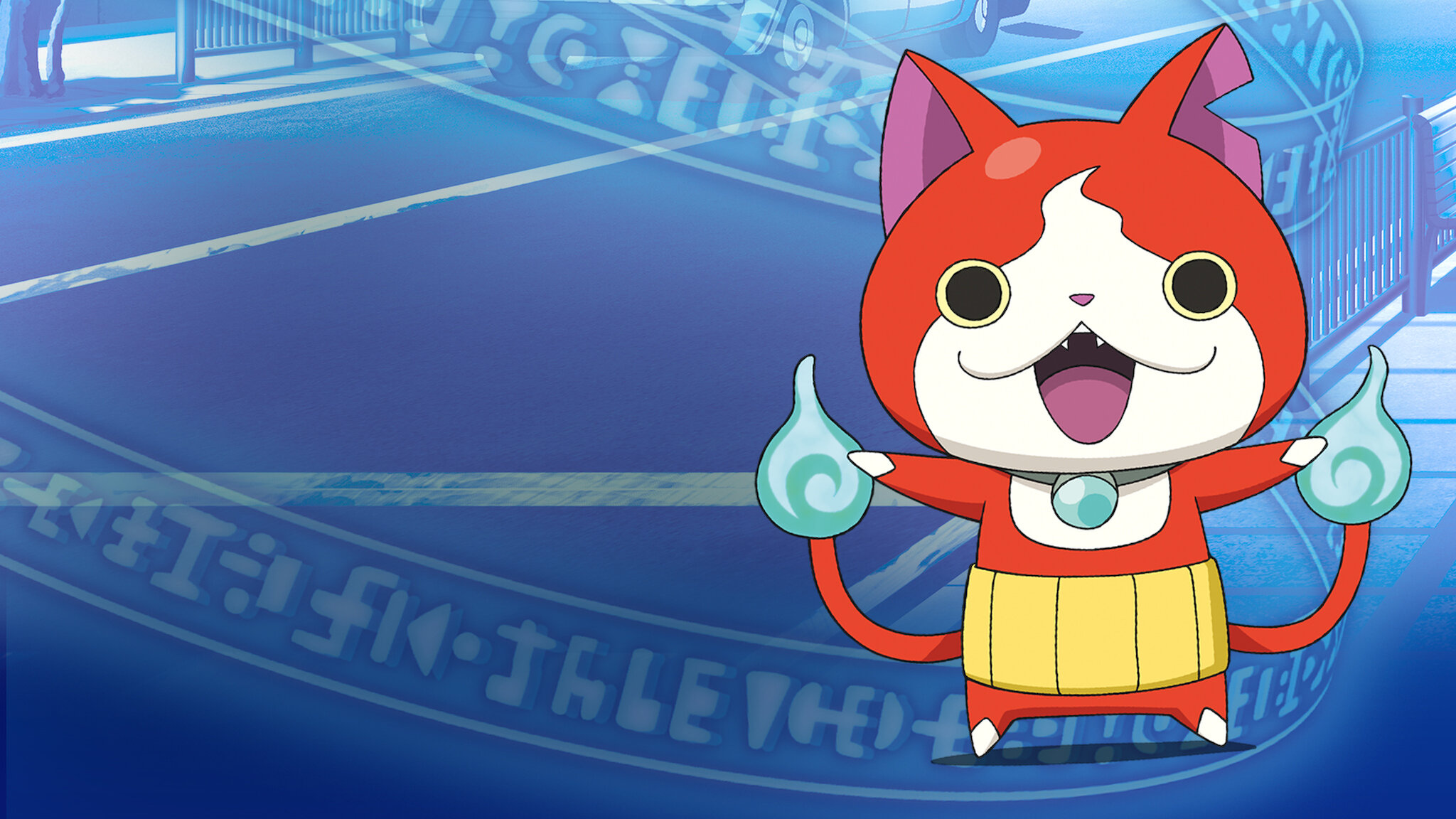Re:Zero – Starting Life in Another World stands out in the isekai genre with its unflinching exploration of despair, mortality, and redemption. Its protagonist Subaru Natsuki’s “Return by Death” ability forces him to relive traumatic events, creating a narrative steeped in psychological tension and existential dread.
While mainstream hits dominate conversations, these 15 underrated series echo Re:Zero’s thematic depth, character struggles, and innovative storytelling—offering rich alternatives for fans seeking similarly immersive experiences.
1. Erased (2016)
Streaming: Hulu, Crunchyroll
Plot: Struggling manga artist Satoru Fujinuma gains the power to travel back in time moments before life-threatening incidents, leading him to revisit his childhood and prevent a classmate’s murder.
Similarities: Like Subaru’s “Return by Death,” Satoru’s “Revival” forces repeated confrontations with trauma, blending mystery with visceral emotional stakes. Both protagonists face brutal consequences for their choices, emphasizing resilience amid darkness.
Details: 12 episodes. MAL: 8.37. Produced by A-1 Pictures. Won Best Animation at the 2016 Tokyo Anime Awards.
2. The Weakest Tamer Began a Journey to Pick Up Trash (2024)
Streaming: Crunchyroll
Plot: Branded worthless as a “zero-star tamer,” Ivy flees her village and survives by bonding with discarded monsters, uncovering her latent abilities while evading persecution.
Similarities: Ivy’s underdog journey mirrors Subaru’s isolation and growth through adversity. The series’ focus on societal rejection and quiet resilience parallels Re:Zero’s exploration of identity and purpose.
Details: 12 episodes. MAL: 7.56. Studio Massket animation.
3. Orange (2016)
Streaming: Funimation, Crunchyroll
Plot: High school student Naho Takamiya receives letters from her future self, urging her to alter events to prevent a friend’s suicide, blurring past and present.
Similarities: The time-manipulation mechanic echoes Subaru’s loops, with both protagonists bearing the weight of foresight. Themes of guilt and redemption are central, delivered through intimate character drama.
Details: 13 episodes. MAL: 7.63. Telecom Animation Film studio.
4. Ajin: Demi-Human (2016)
Streaming: Netflix, Crunchyroll
Plot: After discovering he’s an immortal “Ajin,” Kei Nagai becomes a fugitive hunted by governments and fellow Ajin, navigating moral ambiguity and survival.
Similarities: Kei’s involuntary immortality parallels Subaru’s curse, forcing brutal confrontations with death. Both series dissect power’s corrupting influence and the ethics of sacrifice.
Details: 13 episodes. MAL: 7.38. Polygon Pictures’ CGI animation. Nominated for Best TV Anime at the 2016 Newtype Awards.
5. From the New World (2012–2013)
Streaming: Crunchyroll
Plot: In a utopian society where psychics dominate, Saki Watanabe uncovers dystopian secrets behind her world’s facade, challenging her perception of humanity.
Similarities: The psychological horror and moral decay mirror Re:Zero’s bleakness. Saki’s quest for truth amid systemic corruption reflects Subaru’s battles against overwhelming forces.
Details: 25 episodes. MAL: 8.27. A-1 Pictures production.
6. Tokyo Magnitude 8.0 (2009)
Streaming: Crunchyroll
Plot: Siblings Mirai and Yūki endure Tokyo’s catastrophic earthquake, forging alliances with survivors while confronting loss and resilience in a shattered city.
Similarities: The relentless trauma and focus on human vulnerability echo Subaru’s suffering. Both narratives use catastrophe to explore perseverance and emotional catharsis.
Details: 11 episodes. MAL: 7.95. Bones studio. Won Animation Kobe Award.
7. Now and Then, Here and There (1999)
Streaming: RetroCrush
Plot: Teenager Shuzo Matsutani is abducted to a war-torn desert world, forced into child soldier conflicts while grappling with innocence lost.
Similarities: The brutal isekai setting and themes of helplessness align with Re:Zero’s darker tones. Shuzo’s endurance amid cruelty mirrors Subaru’s psychological trials.
Details: 13 episodes. MAL: 7.96. AIC studio. Cult classic status.
8. Grimgar of Fantasy and Ash (2016)
Streaming: Crunchyroll, HiDive
Plot: Amnesiac strangers stranded in a fantasy world form a ragtag party, surviving through menial jobs and grief after a teammate’s death.
Similarities: The focus on mundane survival and trauma processing reflects Re:Zero’s grounded despair. Both subvert isekai tropes by emphasizing vulnerability over power fantasy.
Details: 12 episodes. MAL: 7.60. A-1 Pictures.
9. Happy Sugar Life (2018)
Streaming: Amazon Prime Video
Plot: Orphan Sato Matsuzaka’s obsessive “love” for a young girl spirals into psychological horror, exposing societal rot through her distorted morality.
Similarities: The descent into madness and unreliable narration parallel Subaru’s mental fracturing. Both use horror to dissect twisted devotion and consequence.
Details: 12 episodes. MAL: 6.75. Ezo’la studio.
10. Babylon (2019)
Streaming: Amazon Prime Video
Plot: Prosecutor Zen Seizaki investigates a corrupt pharmaceutical company, uncovering a conspiracy that challenges the nature of evil and justice.
Similarities: The psychological cat-and-mouse tension and moral ambiguity mirror Re:Zero’s political arcs. Both question the cost of righteousness in broken systems.
Details: 12 episodes. MAL: 6.41. Revoroot studio.
11. ID:INVADED (2020)
Streaming: Funimation, Crunchyroll
Plot: Detective Sakaido enters criminals’ subconscious “id wells” to solve cases, confronting his own fractured psyche in a surreal mindscape.
Similarities: The looping, puzzle-like structure parallels Subaru’s deaths, blending mystery with psychological unraveling. Both explore identity through fragmented realities.
Details: 13 episodes. MAL: 7.77. NAZ studio.
12. Casshern Sins (2008)
Streaming: Crunchyroll
Plot: Amnesiac android Casshern wanders a post-apocalyptic wasteland, hunted for causing humanity’s ruin while seeking redemption.
Similarities: The bleak atmosphere and themes of inherited guilt mirror Re:Zero’s existential weight. Casshern’s quest for meaning amid decay reflects Subaru’s journey.
Details: 24 episodes. MAL: 7.50. Madhouse. Stylish, melancholic art direction.
13. Kaiba (2008)
Streaming: RetroCrush
Plot: In a world where memories are commodified, amnesiac Kaiba travels through surreal planets to recover his stolen past and love.
Similarities: The body-horror and memory manipulation evoke Re:Zero’s existential stakes. Both use sci-fi/fantasy to explore identity and loss through experimental storytelling.
Details: 12 episodes. MAL: 7.85. Madhouse. Masaaki Yuasa’s avant-garde direction.
14. Texhnolyze (2003)
Streaming: None (DVD-only)
Plot: Underground fighter Ichise becomes embroiled in a cyberpunk city’s collapse after losing limbs, replaced with experimental “texhnolyze” prosthetics.
Similarities: The nihilistic tone and bodily horror align with Re:Zero’s physical/psychological torment. Both depict societies crumbling under existential futility.
Details: 22 episodes. MAL: 7.71. Madhouse. Cult classic for its grim realism.
15. Shinsekai Yori (2012–2013)
Streaming: Crunchyroll
Plot: In a psychic-ruled future, Saki and friends uncover their society’s dark origins, challenging utopian illusions through sacrifice and rebellion.
Similarities: The slow-burn dread and moral complexity mirror Re:Zero’s societal critiques. Both deconstruct power systems through character-driven tragedy.
Details: 25 episodes. MAL: 8.27. A-1 Pictures.
Why These Anime Work for Re:Zero Fans
These series resonate because they prioritize psychological depth over escapism, much like Re:Zero. They feature:
- Flawed Protagonists: Characters like Ivy (Weakest Tamer) and Satoru (Erased) endure repeated failures, growing through trauma rather than innate strength.
- High-Stakes Mechanics: Time loops (Orange), immortality (Ajin), and memory alteration (ID:INVADED) force confrontations with consequence, echoing “Return by Death”.
- Thematic Grit: From societal decay (Texhnolyze) to moral ambiguity (Babylon), each series unflinchingly explores darkness, offering catharsis through resilience.
While less mainstream, their innovative narratives and emotional weight make them essential viewing for fans seeking Re:Zero’s signature blend of despair and hope.
